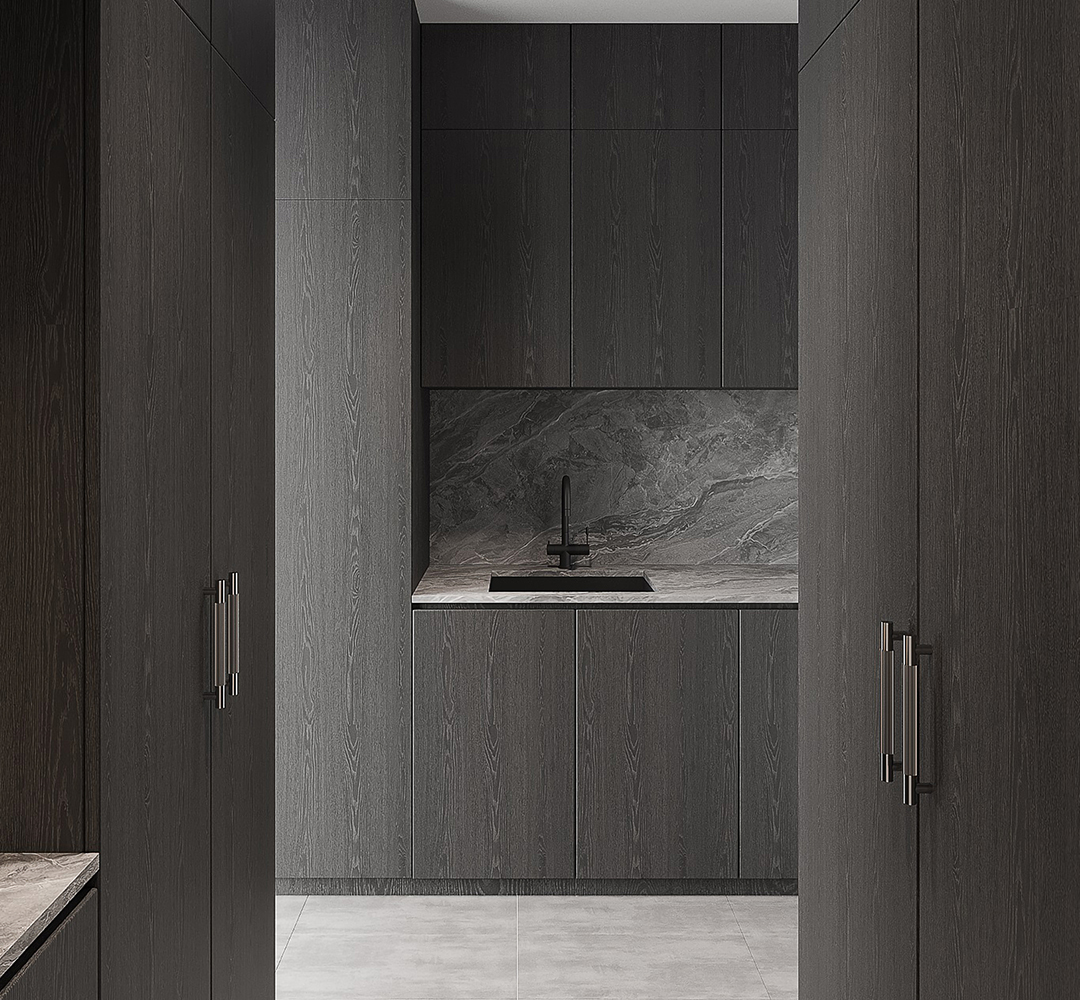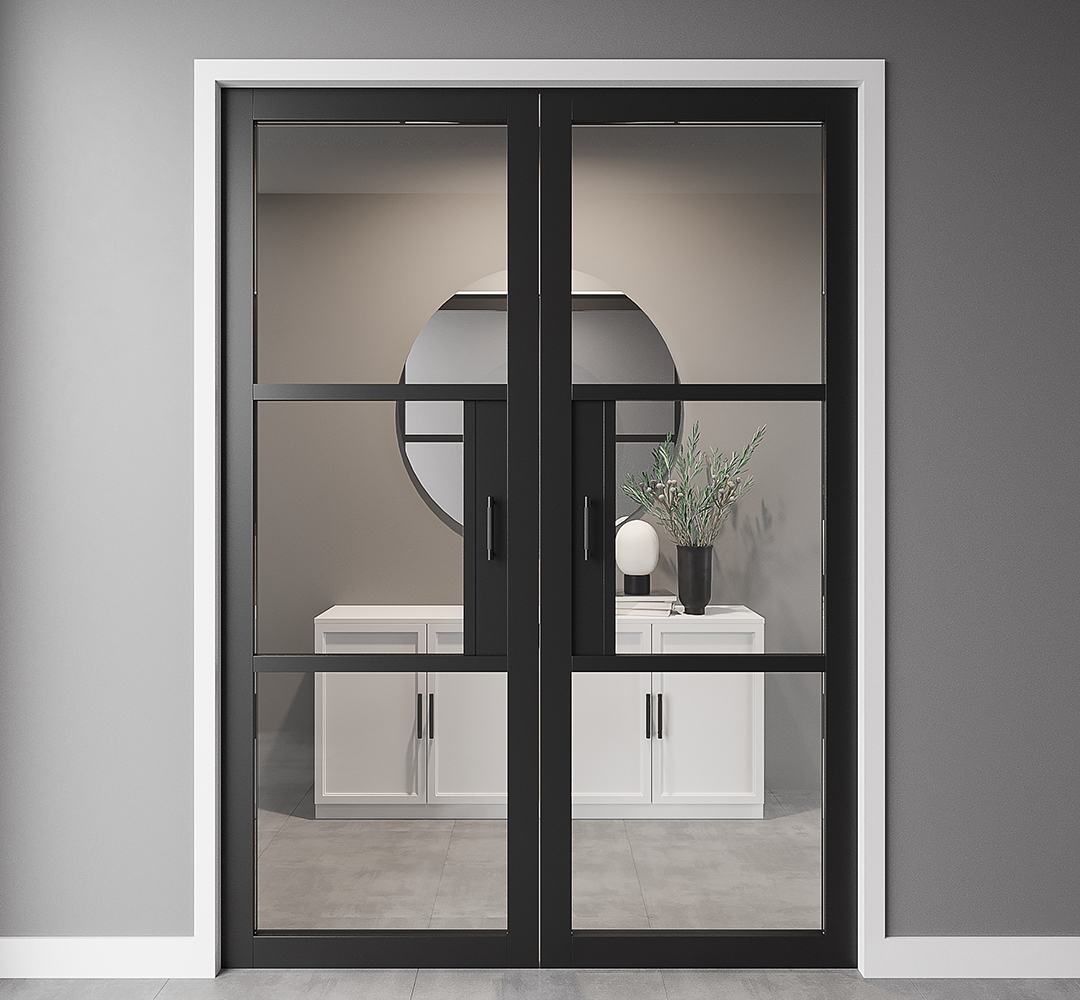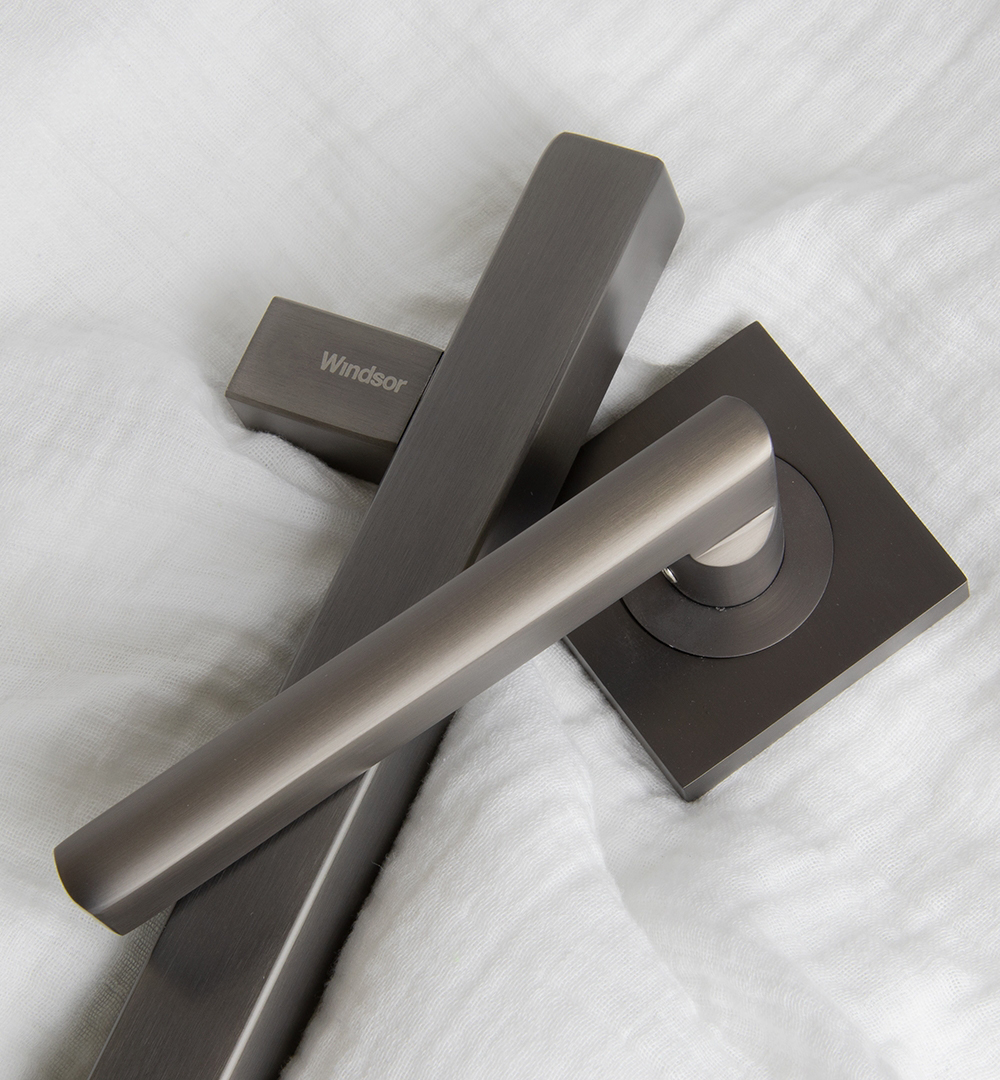

Feel, finish and function
When you’re creating a beautiful designer home, the door handles aren’t an element that immediately comes to mind during the design process; however, they are a more important consideration than you might think.“Handles are functional products that you touch every day,” explains Daniel McCallum of Windsor Architectural Hardware. “It’s underrated just how much they’re used and needed and, sometimes, completely overlooked in the décor selection process.”“It is critical that handles have a smooth action and are comfortable for your hand,” says Daniel. “In developing handles, every component should be examined in terms of the style, action and the mechanism. How easy is it to open or close? Is it in proportion with the size and style of the door? And, the tension on the spring should be just right.”Based in Invercargill, Windsor is a New Zealand-owned company that has been operating for over 35 years. It works closely with architects and designers to develop high-quality products for residential projects. The solid brass handles are forged in Italy and arrive at Windsor in their raw state to be processed and hand-finished by their in-house team of craftspeople.
“To create the different finishes, we use a variety of metal treatments, then the finish is relieved-back by hand by one of our skilled craftspeople, creating a series of natural patina finishes. This aspect of our work sets us apart in the New Zealand market because we are able to achieve finishes that are not possible through mass production,” explains Daniel.“The Italian range of handles are constructed of solid brass. Brass, being an alloy of copper and zinc, is a ductile metal, meaning it is strong while being a very machinable material with which to work. It withstands pressure, making it a wear-resistant material, ultimately increasing the life of the door handle” explains Daniel. “It is more durable than other metals, which is why it’s widely recognised for its use in high-end door hardware.”
Windsor’s design approach follows three fundamental elements – feel, finish and function. The ‘feel’ correlates with the design, engineering and ergonomics of the handles; the ‘finish’ element is the visual aspect achieved at the intersection of colour, trends and patina; and the ‘function’ refers to the mechanism, installation and how it operates on the door.There are many ranges and finishing options available, all designed to suit various styles of home – from colonial to modern.Handles with natural and living finishes – which appear as if they have aged over time – are becoming increasingly popular in contemporary homes as they complement materials such as rustic steel, schist, timber and concrete, as well as structural components, including exposed beams and visible fixings.
“Recently, we’ve had an increasing number of people requesting brass handles in one of the living finishes available through our Italian collection, which includes 11 different colour options,” says Daniel. “Polished brass is solid and can be bright and monumental, whereas the matt-looking, oil-rubbed bronze living finish, gives a warm and more lustrous feel.”Squarer designs with straight lines tend to suit modern homes. One of the latest styles in the Italian collection is the Federal, this comes in various bronze finishes that can suit both newer and traditional styles of homes. “The Federal shape has a high brass content so it’s heavy, and gives a bold and solid feel on the door,” Daniel says.The Haven series is a more traditional handle, which is used mainly in renovation projects due to its smooth, curved, sculptural attributes, while the Italian Charleston range is a popular style with a squarer feel that harks back to 20th century modernism. The Italian Villa collection features groove detailing on the handles: “It’s a very traditional style with rounded ends that taper to the spindle; it’s soft on the eye,” Daniel explains.“Door handles are a critical design element that complement many other choices made throughout the interior design process to achieve the design aesthetic of the home.”
Other News



















